The Gdańsk Shipyard (Stocznia Gdańska) is more than just an industrial site, it's a symbol of freedom, resistance, and transformation in modern Europe. This historic shipyard played a crucial role in the fall of communism in Central and Eastern Europe through the birth of the Solidarity movement in 1980, led by Lech Wałęsa.
Today, the Gdańsk Shipyard stands as a powerful cultural and historical landmark. It offers a mix of memorials, museums, and industrial architecture that attracts history enthusiasts and curious travelers alike.
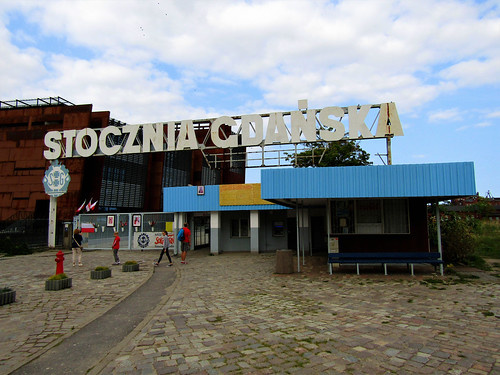
The Historic Origins of Solidarity
Once known as the Lenin Shipyard, this vast industrial complex was the scene of mass worker protests in 1980. The strikes, organized in defiance of Poland’s communist regime, led to the formation of Solidarność (Solidarity), the first independent trade union behind the Iron Curtain.
Solidarity wasn’t just a union, it became a peaceful revolution. Led by Lech Wałęsa, a shipyard electrician and activist, the movement pushed for democratic reforms. The culmination? Poland’s first free elections in 1990, with Wałęsa elected as president, ushering in a new democratic era.
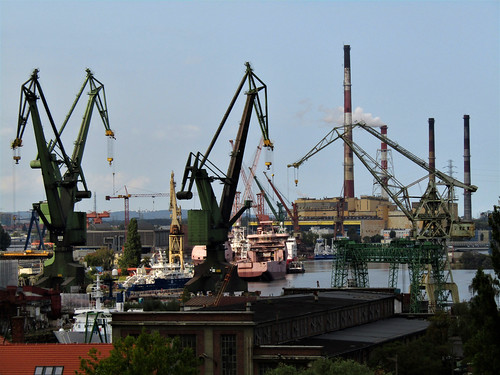
Key Sights to Visit at the Gdańsk Shipyard
Monument of the Fallen Shipyard Workers
Located at the shipyard's entrance, this 42-meter tall monument honors the workers who lost their lives during the 1970 protests. It was the first public monument in the Eastern Bloc dedicated to victims of communist oppression.
European Solidarity Centre (ESC)
Right next to the monument stands the European Solidarity Centre, an award-winning museum and cultural institution. Its permanent exhibition spans two floors and tells the story of life under communism, the rise of Solidarity, the 1981 martial law, and Poland’s transition to democracy. With over 1,800 artifacts, this museum is a must-visit for understanding Poland’s fight for freedom.
Shipyard Heritage Tour
Several historic buildings and shipyard infrastructure remain open to visitors. Old cranes, dry docks, warehouses, and industrial relics offer a glimpse into the daily life of the workers and the monumental events that unfolded here.
Motława River Cruise
A river cruise offers a unique waterside perspective of the shipyard, passing by cranes, working docks, and rusting giants of Poland's industrial past. A perfect combination of sightseeing and reflection.
Guided Tours
For a deeper dive, guided walking or bus tours are available. These provide rich commentary and access to restricted areas, offering more context on the political and social impact of the shipyard’s legacy.
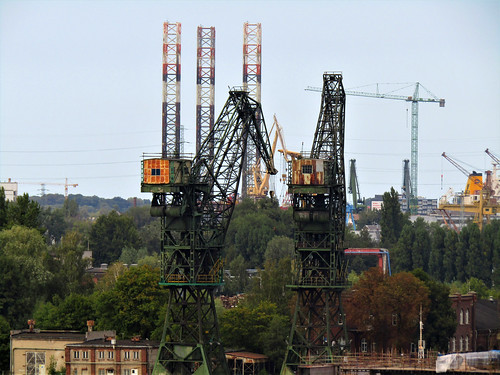
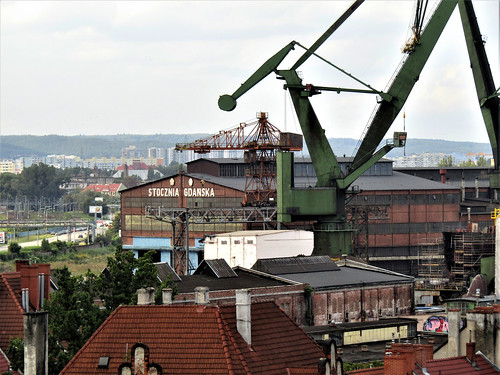
Why Visit the Gdańsk Shipyard?
- European historical significance
- Symbol of peaceful resistance
- Fascinating industrial architecture
- Inspiring human rights stories
- Photo-worthy landmarks and cranes
If you’re a history lover, cultural traveler, or someone interested in Poland’s transformation, the Gdańsk Shipyard delivers a powerful, unforgettable experience.
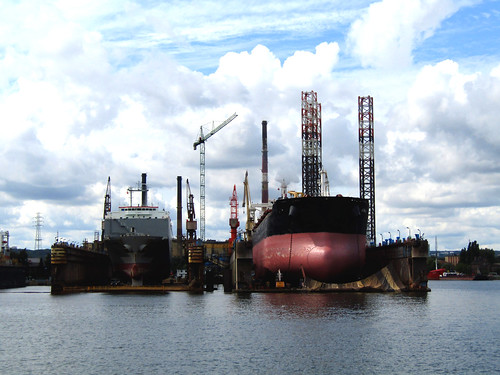
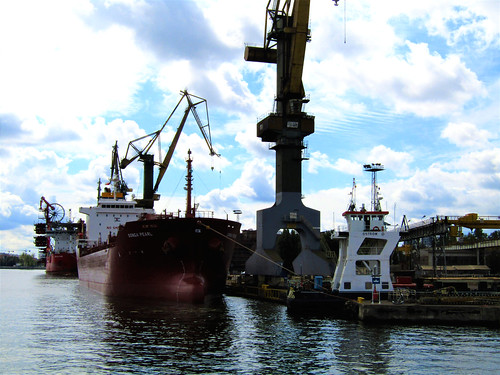
Plan Your Visit to this Unique Site
The Gdańsk Shipyard is a living memory of freedom won through courage, unity, and perseverance. Walking through its gates, seeing the monument, and visiting the European Solidarity Centre offers a moving tribute to the people who changed the course of history.
Tip: Pair your visit with the nearby Old Town and Motława waterfront for a full day exploring Gdańsk's history and charm.
Tags
Gdansk Shipyard
Museum
Poland - Gdansk
Solidarity
Solidarność
Stocznia Gdańska
Tricity
Trójmiasto
